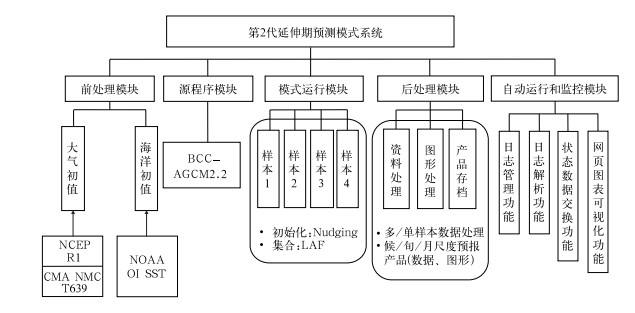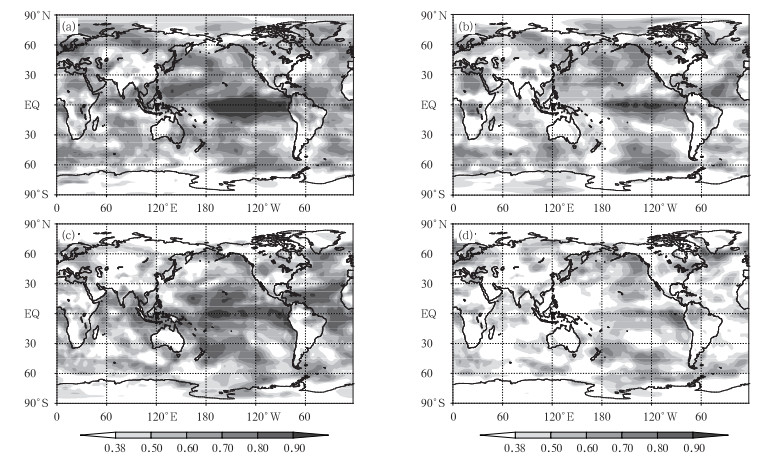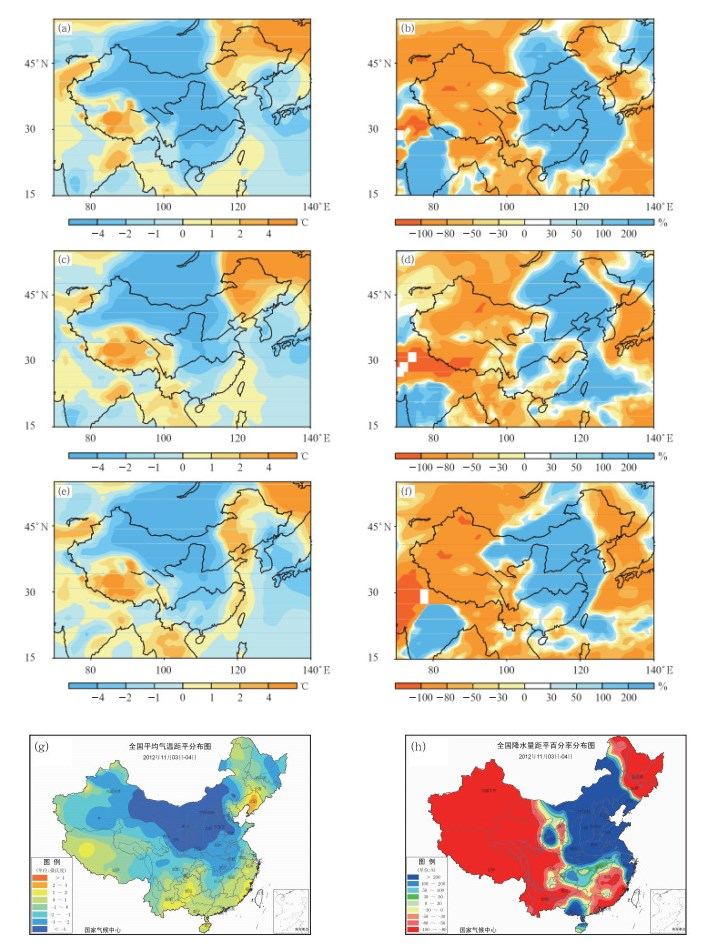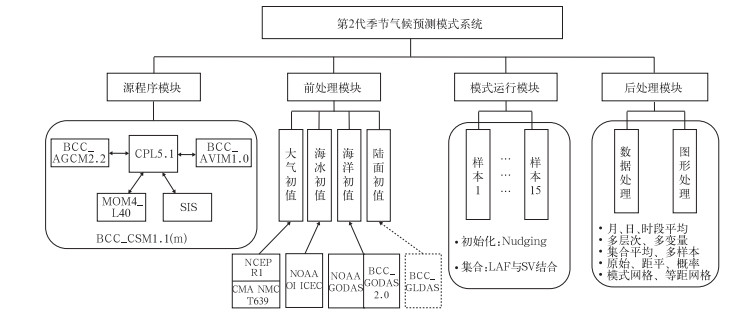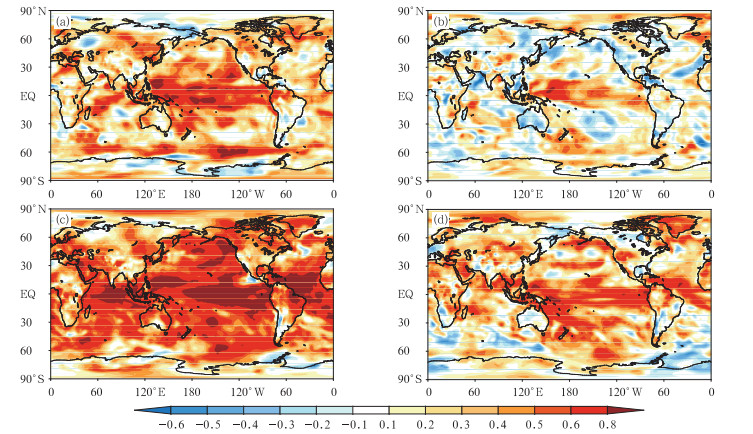|
[1]
|
董敏, 陈嘉滨, 季仲贞, 等. 季节预测大气模式研制和应用进展//国家"九五"重中之重962908项目办公室. 短期气候预测业务动力模式的研制. 北京: 气象出版社, 2000: 63-69.
|
|
[2]
|
|
|
[3]
|
|
|
[4]
|
|
|
[5]
|
|
|
[6]
|
|
|
[7]
|
|
|
[8]
|
|
|
[9]
|
|
|
[10]
|
|
|
[11]
|
Liu Y M, Zhang R H, Yin Y H, et al.The application of ARGO data to the global ocean data assimilation operational system of NCC.Acta Meteor Sinica, 2005, 19(3):355-365.
|
|
[12]
|
|
|
[13]
|
Zhou W, Cheng Y, Wang S, et al.Evaluation and preprocess of Chinese Fengyun-3A sea surface temperature experimental product for data assimilation. Atmospheric and Oceanic Science Letters, 2013, 6:128-132. doi: 10.1080/16742834.2013.11447068 |
|
[14]
|
|
|
[15]
|
|
|
[16]
|
刘向文, 李维京, 吴统文, 等.从GTS获得的海洋温、盐资料在BCC海洋同化系统中的质量控制及同化结果初步分析.气象学报, 2011, 69(4):672-681. doi: 10.11676/qxxb2011.059 |
|
[17]
|
Wang D, Qin Y, Xiao X, et al.Preliminary results of a new global ocean reanalysis. Chinese Science Bulletin, 2012, 57(26):3509-3517. doi: 10.1007/s11434-012-5232-x |
|
[18]
|
Wang D, Qin Y, Xiao X, et al.El Ni o and El Ni o Modoki variability based on a new ocean reanalysis. Ocean Dynamics, 2012, 62(9):1311-1322. doi: 10.1007/s10236-012-0566-0 |
|
[19]
|
Hubbard K G, You J.Sensitivity analysis of quality assurance using spatial regression approach:A case study of the maximum/minimum air temperature. J Atmos Ocean Technol, 2005, 22(10):1520-1530. doi: 10.1175/JTECH1790.1 |
|
[20]
|
Eischeid J K, Baker C B, Karl T, et al.The quality control of long-term climatological data using objective data analysis. Journal of Applied Meteorology and Climatology, 1995, 34 (12):2787-2795. doi: 10.1175/1520-0450(1995)034<2787:TQCOLT>2.0.CO;2 |
|
[21]
|
Kunkel K E, Karen A, Glen C, et al.An expanded digital daily database for climatic resources applications in the Midwestern United States. Bull Amer Meteor Soc, 1998, 79(7):1357-1366. doi: 10.1175/1520-0477(1998)079<1357:AEDDDF>2.0.CO;2 |
|
[22]
|
|
|
[23]
|
Nie S, Luo Y, Li W P, et al.Quality control and analysis of global gauge-based daily precipitation dataset from 1980 to 2009. Advances in Climate Change Research, 2012, 3(1):45-53. doi: 10.3724/SP.J.1248.2012.00045 |
|
[24]
|
|
|
[25]
|
Nie S, Zhu J, Luo Y.Simultaneous estimation of land surface scheme states and parameters using the ensemble Kalman filter:identical twin experiments. Hydrol Earth Syst Sci, 2011, 15:2437-2457. doi: 10.5194/hess-15-2437-2011 |
|
[26]
|
Wu T W, Yu R C, Zhang F.A modified dynamic framework for atmospheric spectral model and its application. J Atmos Sci, 2008, 65:2235-2253. doi: 10.1175/2007JAS2514.1 |
|
[27]
|
Wu T W, Yu R C, Zhang F, et al.The Beijing Climate Center atmospheric general circulation model:Description and its performance for the present-day climate. Clim Dyn, 2010, 34:123-147. doi: 10.1007/s00382-008-0487-2 |
|
[28]
|
Wu T.A mass-flux cumulus parameterization scheme for large-scale models:Description and test with observations. Clim Dyn, 2012, 38:725-744. doi: 10.1007/s00382-011-0995-3 |
|
[29]
|
|
|
[30]
|
Jie W, Wu T, Wang J, et al.The improvement of 6-15 day precipitation forecasts using a time-lagged ensemble method. Adv Atmos Sci, doi: 10.1007/s00376-013-3037-8. |
|
[31]
|
Wu T, Li W, Ji J, et al.Global carbon budgets simulated by the Beijing climate center climate system model for the last century. J Geophys Res Atmos, 2013, 118, doi: 10.1002/jgrd.50320. |
|
[32]
|
|




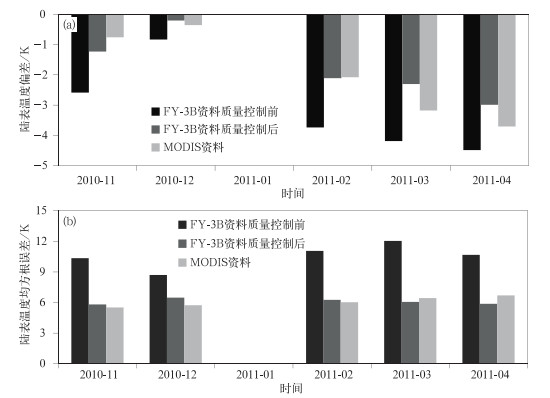
 DownLoad:
DownLoad:
